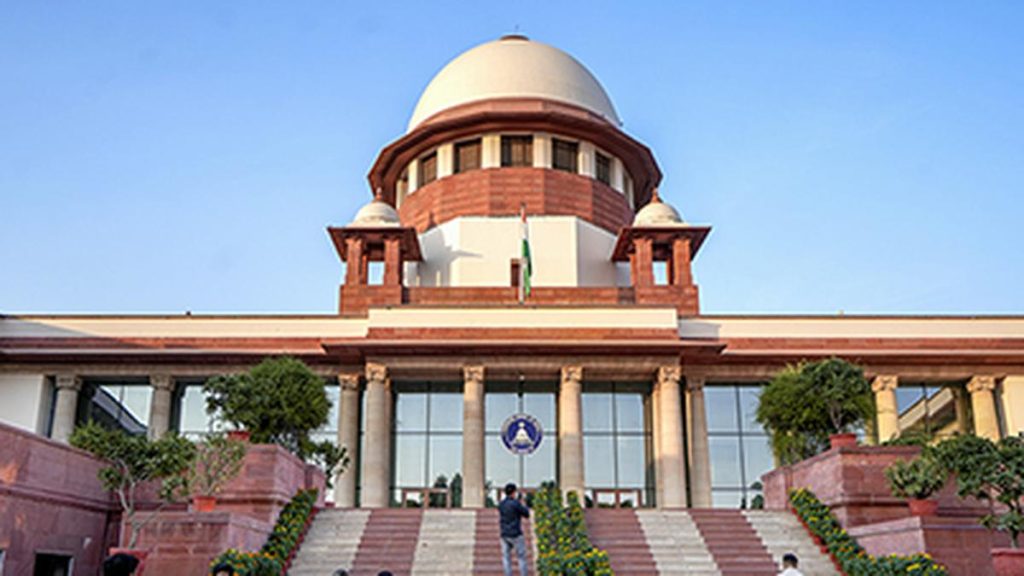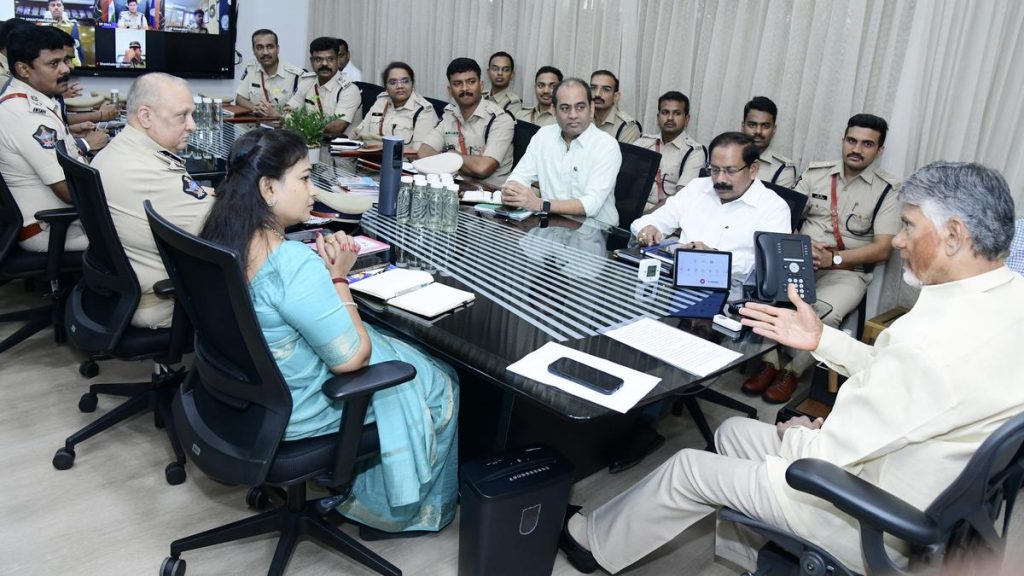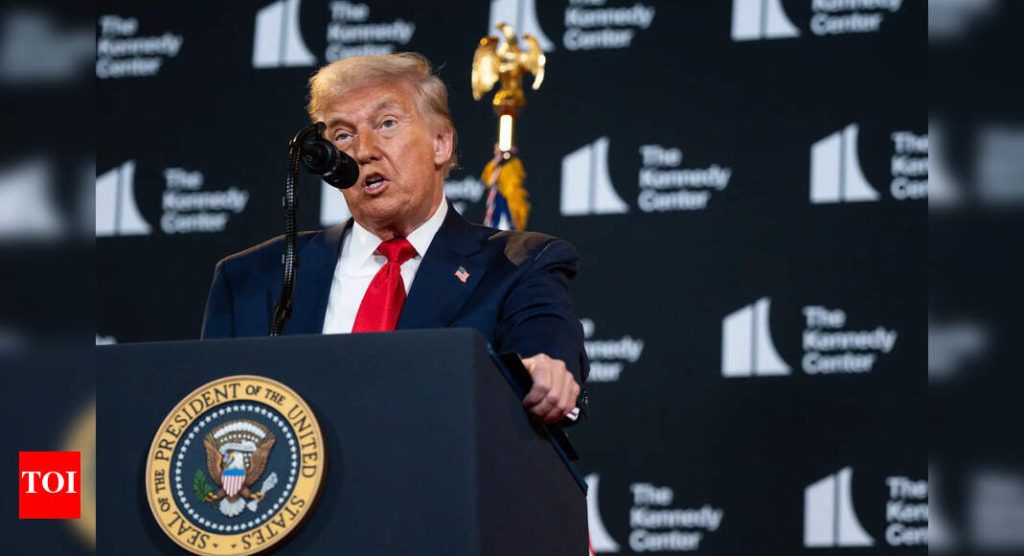Now Reading: Did a 2471 B.C. Solar Eclipse Challenge Egypt’s Sun Cult?
-
01
Did a 2471 B.C. Solar Eclipse Challenge Egypt’s Sun Cult?
Did a 2471 B.C. Solar Eclipse Challenge Egypt’s Sun Cult?

Quick Summary
- research Insight: A study by archaeoastronomer Giulio Magli links a total solar eclipse in 2471 B.C. to changes in Egypt’s solar worship practices during Pharaoh Shepsekaf’s reign (fourth dynasty).
- Past Context: ancient Egyptians traditionally venerated the sun, with rulers like khufu adopting names and tomb orientations linked to Ra, the sun god. However, Shepsekaf diverged from these traditions:
– He lacked the sun-related name suffix.
– His tomb was not pyramid-shaped and faced away from Heliopolis, a city central to solar worship.
- Solar Eclipse Connection: Calculations show Shepsekaf’s reign coincided with a solar eclipse whose path of totality covered Buto, where his burial monument resembled local structures.
- Recalculated Paths of Ancient Eclipses: Advances in mathematical tools now enable better reconstruction of ancient eclipse paths. Fluctuations in earth’s rotation have historically impacted these calculations.
- Continuity and Nuances:
– Solar cult practices resumed under Egypt’s fifth dynasty as pharaohs built Sun Temples alongside pyramids.
– another notable eclipse occurred during Pharaoh Akhenaten’s rule (1338 B.C.), though he interpreted it positively due to his monotheistic focus on solar worship.
Indian Opinion Analysis
This research highlights how astronomical events can deeply influence cultural-religious practices across history. The historical connection between celestial phenomena and societal shifts reminds us that ancient civilizations were profoundly attuned to astronomical patterns. For India-rich in its own history of astronomical observation such as Vedic astrology-this serves as an possibility for comparative studies linking celestial dynamics and societal impacts.
India could leverage advances in archaeoastronomy for better understanding its heritage sites with potential cosmic alignments or influences like Jantar Mantar observatories or eclipses mentioned within scriptures. Moreover, collaborations between global researchers might boost innovation while strengthening India’s pursuit of scientific heritage preservation-a critical balance between cultural pride and modern empiricism.



























